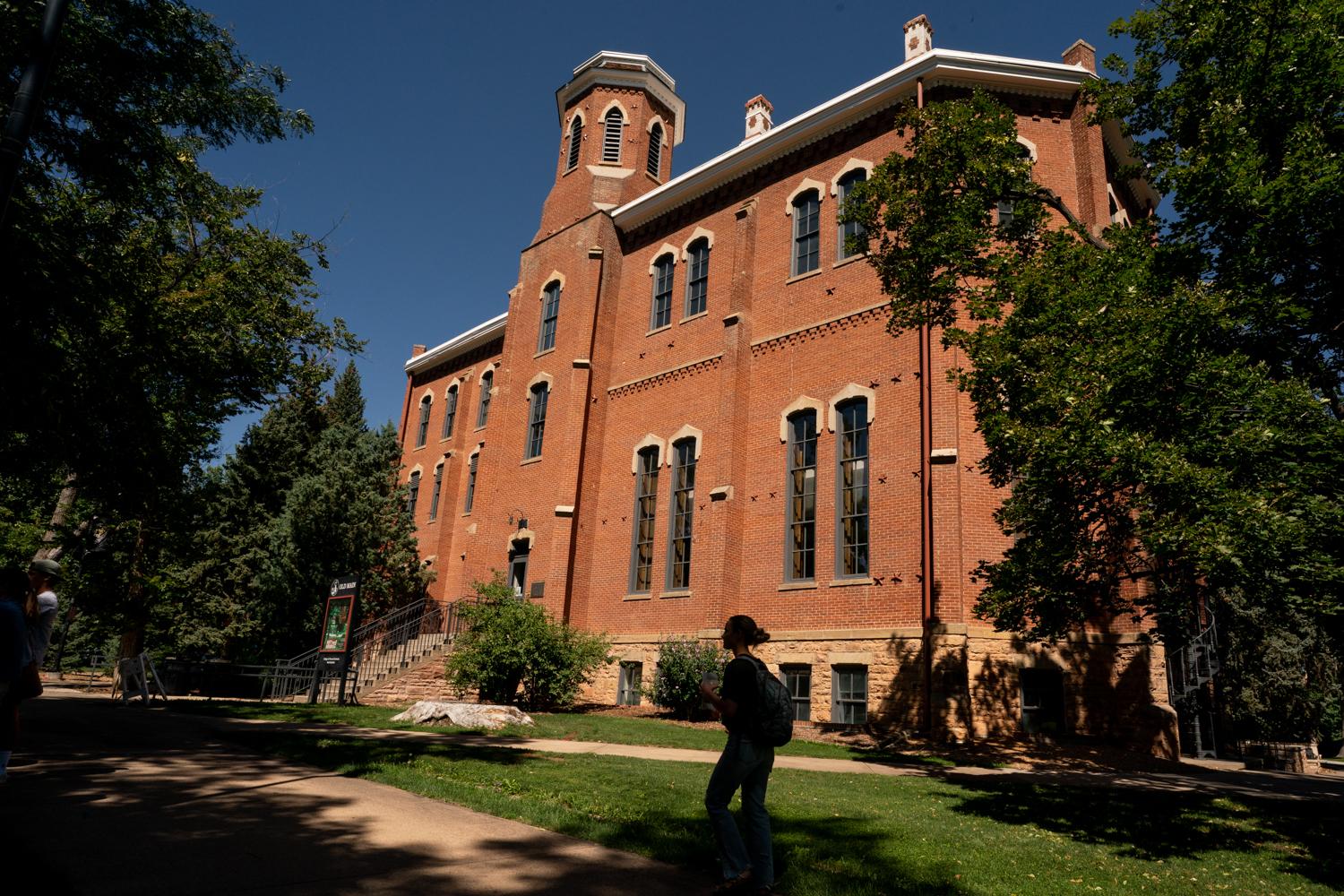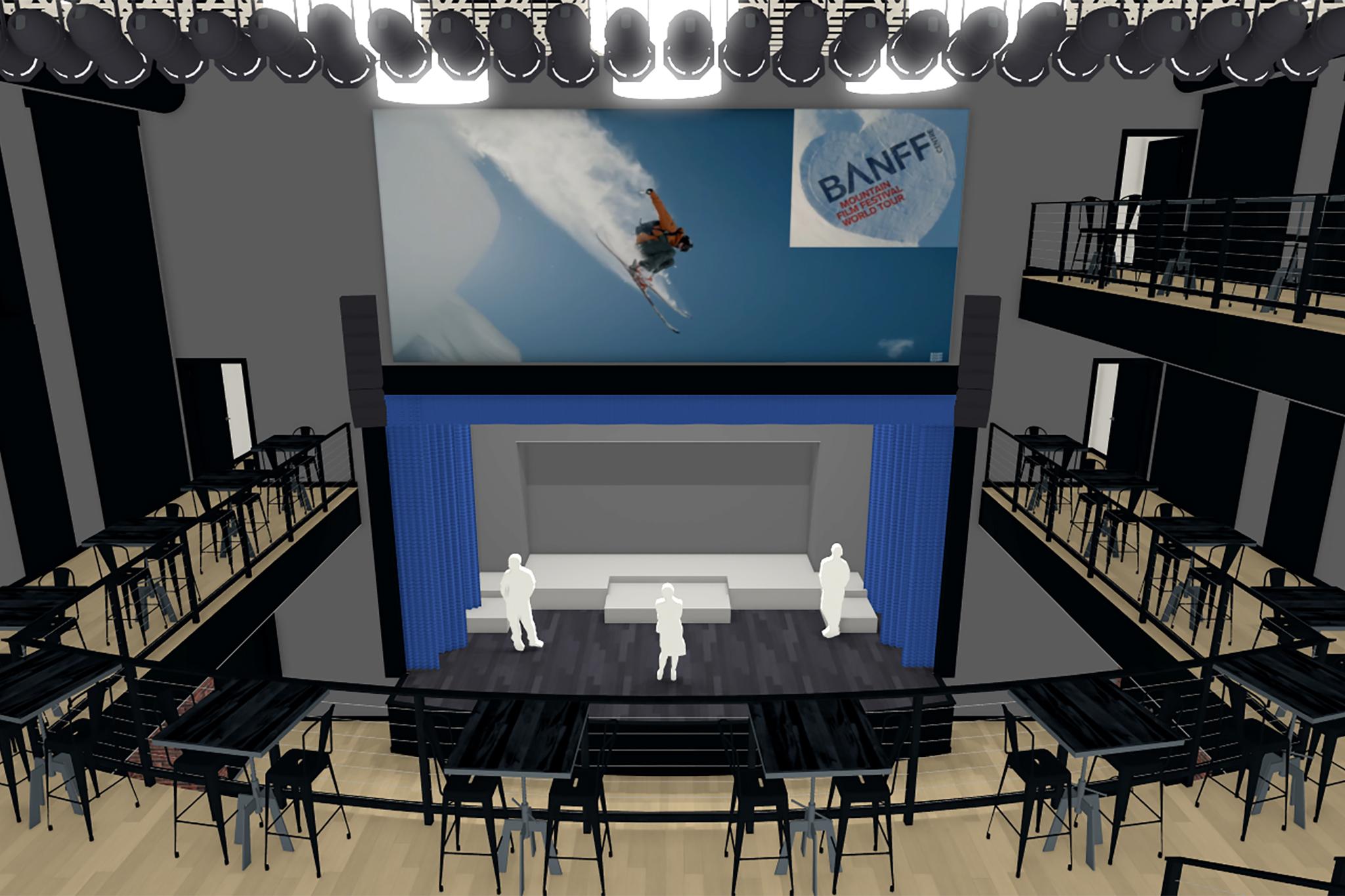
Enrollment at the University of Colorado Boulder increased by 3.4 percent (or 1,275 students) this fall, bringing the total student population to 38,428. There were 69,248 first-year applications for the fall of 2024, up from 57,539 last year. Overall, the boost in enrollment is the second-largest increase over the last decade.
The school attributes the success to new efforts aimed at ensuring returning students have the resources needed to stay in school and finish their degrees. It also intentionally decreased the number of first-year students last fall by 1.5 percent to ensure they had focused support. The plan appears to have worked, with CU Boulder’s fall 2024 census data showing the school retained 90 percent of last year's freshmen for the first time in history.
Amy Hutton, the associate vice chancellor for enrollment management at CU Boulder, says the school is also becoming more diverse with students from historically marginalized backgrounds growing from 26.9 percent to 27.7 percent.
“Certainly Coach Prime has had a significant impact on our students this year and on our prospective application numbers and we’re very grateful for the exposure that he’s brought to the institution,” said Hutton at a press conference, referencing head football coach Deion Sanders. Hutton mentioned anecdotal stories from students who shared that they came to the institution due to Sanders' presence on campus.
The share of first-year students who identify as Black or African American increased by 7.9 percent to 260 total students, marking the highest number of Black students enrolled in the school’s history.
CU also made gains on the number of first-year Latino students, which rose 1.9 percent to 1,068 total students, and the number of Asian American students, which rose 1.2 percent to 853 total students.
Meanwhile, the number of first-year white students decreased by 4.2 percent to 4,856 total students. Hutton attributes the increase in part to an ever-changing marketing plan aimed at meeting prospective students where they are.
When asked why the school has seen a boost in student diversity despite the U.S. Supreme Court's affirmative action ruling, unlike many other institutions, Hutton explained that CU Boulder has never used race or ethnicity as a factor in its applications.
The latest figures indicate CU Boulder could potentially eclipse 40,000 students in 2025. Hutton says the school will see an increase in the budget due to the boost in enrollment numbers, but it’s still unclear how those additional funds will be used in 2025.
The only decrease in enrollment this fall at CU is tied to first-year, first-generation students, which declined from 16.1 percent in fall 2023 to 14 percent in fall 2024.
“We believe the decline in first-generation, first-year students was due to FAFSA delays in spite of CU’s reallocation of additional resources to support students,” said Hutton, in a release.
Overall, the university remains on track for more growth. Hutton says CU Boulder is looking forward to welcoming students who will benefit from the recently enacted HB-1340 which will create a tax credit for Coloradans who attend college in the state. CU hopes that will continue to increase the school’s population of local students, which also grew this year.
The school welcomed 4,017 in-state, first-year students and 1,046 resident transfer students this year — its largest since the fall of 2004.









